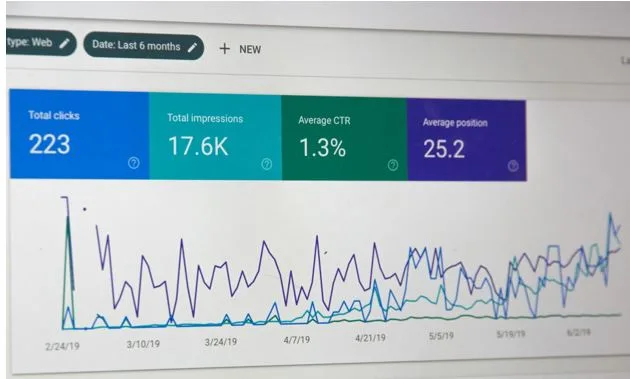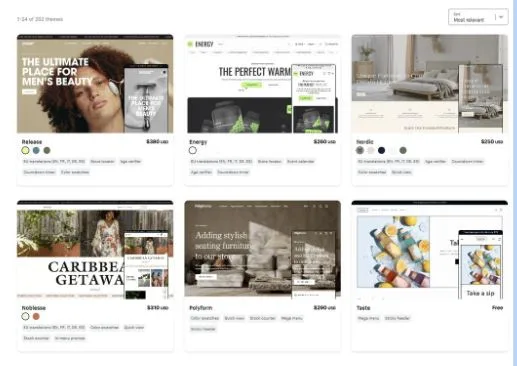Backlink Strategies That Still Work in 2025
The SEO world is always shifting. Google updates its algorithm constantly, AI-generated content is everywhere, and attention spans are shorter than ever. But one thing hasn’t changed: backlinks still matter.
That said, not all backlink strategies are created equal—and many that worked a few years ago are now useless or even harmful. If you’re still using outdated tactics like spammy blog comments or low-effort directory submissions, you’re not just wasting time—you might be hurting your site.
In 2025, the game is smarter, more strategic, and focused on quality over quantity. Let’s break down the backlink strategies that still work right now and how to use them to build lasting authority.
1. High-Quality Guest Posting (Still Works—If You Do It Right)
Guest posting isn’t dead. It’s just evolved. Today, getting published on niche-relevant, high-authority sites can still give you strong, contextual backlinks that boost rankings.
But don’t pitch generic content to any blog that will take you. Google’s algorithm is sharper at detecting shallow posts written just for links. Your guest posts need to:
- Be original and valuable
- Fit the host site’s audience
- Include natural, non-keyword-stuffed anchor text
- Link only when it’s contextually relevant
What works best in 2025? Targeting niche blogs with engaged audiences. For example, a SaaS company should look for tech blogs, product development communities, or startup publications—not generic marketing blogs with low editorial standards.
2. HARO and PR-Driven Links
Help A Reporter Out (HARO) and other PR services are still excellent ways to earn authoritative backlinks—especially from mainstream media.
In 2025, these platforms have become more competitive, so responses need to stand out. Journalists are flooded with replies, and only the most relevant, quotable ones get featured.
Tips to make HARO work:
- Respond quickly (within the first hour)
- Be concise, specific, and authoritative
- Include credentials or data to back your answer
Beyond HARO, proactive digital PR—like pitching data studies, expert commentary, or company news to journalists—continues to be one of the highest-ROI backlink tactics available.
3. Resource Link Building (aka Linkable Assets)
One of the most future-proof backlink strategies is building content so good that others want to link to it.
This includes:
- Industry stats and trend reports
- Original research
- Free tools or calculators
- In-depth guides or tutorials
- Curated directories of tools/resources
The goal is to create “link magnets”—pages that provide real value and earn backlinks passively over time. Once you publish, reach out to blogs or websites that have similar content and suggest your piece as an updated or additional reference.
4. Strategic Use of Link-Building Packages
With time being a limited resource for most teams, link-building packages offered by reputable SEO agencies like the one provided at InternationalSEO.agency or freelancers have become a popular shortcut. But not all packages are created equal.
The good ones focus on:
- White-hat outreach
- Placement on real, niche-relevant sites
- Natural anchor text distribution
- Editorial context (not sidebar or footer links)
In 2025, savvy marketers know how to spot the difference between cookie-cutter packages that dump links on PBNs (private blog networks) versus those that deliver long-term SEO value.
If you go this route, make sure the agency provides transparency: where the links are coming from, the authority of the sites, and whether content is written in-house or outsourced. Link-building packages should support your SEO strategy, not become your entire strategy.
5. Brand Mentions → Link Conversions
People talk about your brand online. Often, they don’t link to it.
In 2025, tools like Google Alerts, Mention, and Semrush Brand Monitoring can help you find these unlinked brand mentions. Once you identify them, reach out and politely ask if they can turn the mention into a clickable link.
This tactic works particularly well for companies with a growing presence or those frequently featured in industry blogs or forums.
Bonus tip: Use ChatGPT or similar tools to auto-draft your outreach emails. Just don’t forget to customize them so they sound human.
6. Podcast Guesting and Video Collabs
Google now pulls data from YouTube, TikTok, and podcast transcripts to inform rankings. Being a guest on niche podcasts or co-hosting videos with influencers in your space can lead to powerful backlinks from show notes, descriptions, and embedded content.
These links are harder to replicate, which makes them even more valuable. Plus, they often bring referral traffic and brand exposure in addition to SEO benefits.
Pro tip: After each appearance, ask the host if they’d be open to linking to a specific resource or guide related to your topic. Make it easy for them by sending the URL and a suggested description.
7. Link Reclamation
Broken links, outdated pages, or 404s that used to link to your site? Reclaim them.
Use tools like Ahrefs’ Broken Link Checker or Screaming Frog to find:
- Broken backlinks pointing to dead pages on your site
- Mentions of your content that never got properly linked
Then, redirect those pages or ask the referring site to update the link. It’s an easy win that improves your backlink profile without creating new content.
8. Internal Linking Optimization
Okay, this isn’t about external backlinks—but it matters.
Your internal linking structure affects how link equity flows through your site. In 2025, Google continues to reward smart internal links that help users (and crawlers) navigate your content.
Use internal links to:
- Support new pages with authority from older, ranking content
- Improve topical relevance and content clusters
- Reduce bounce rate and increase time on site
Don’t overdo it, but be strategic. If you just published a new guide, link to it from related blog posts or landing pages with strong traffic.





